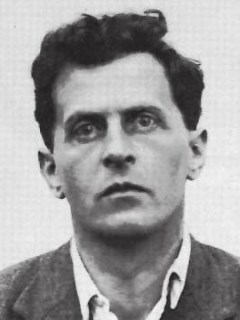

Introduction
pp. 1-33
in: Massimiliano Cappuccio, Tom Froese (eds), Enactive cognition at the edge of sense-making, Berlin, Springer, 2014Abstract
Ludwig Wittgenstein, in the attempt to take as far as possible a "naïve" correspondentialist and re presentational ist view on language (Hutto, 2004), had to face a resilient philosophical puzzle on the nature of nonsensical propositions (Wittgenstein, 1921/2001, 4.01): if our knowl- edge of the world is necessarily delimited by its representations, then what should we say about nonsensical expressions that represent nothing at all and that, nonetheless, allow us to relate to what is most valuable in our lives? If non-sense is situated outside the "limits of our language", which bi-univocally correspond to the articulations of ontology (the "limits of our world"), then why is it the case that our words can capture the very notion of non-sense, allowing us to concur on its meaning? How is it possible that we know how to efficaciously respond to nonsen- sical expressions, and our beliefs seem affected by them in ways that are characteristic and significant?


